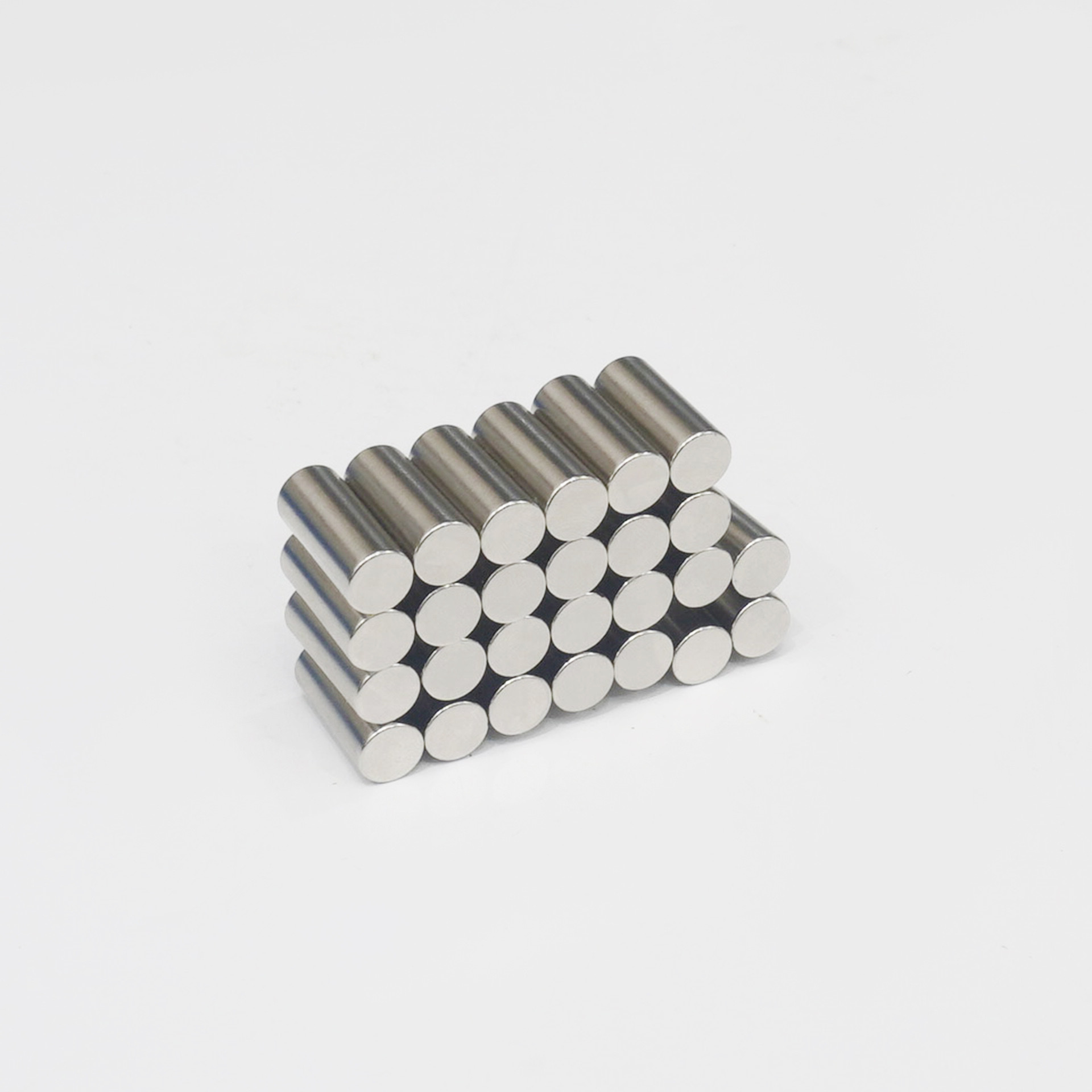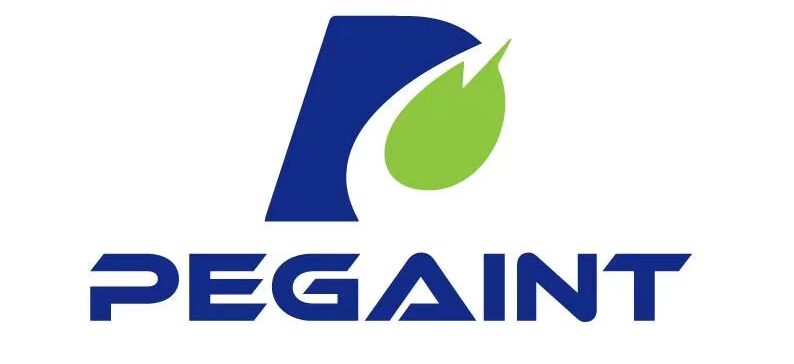- Zhongtang Town, Dongguan City, Guangdong ,China
- [email protected]
- +8619065048753
How NdFeB Magnets Are Revolutionizing Electric Vehicles and Green Energy Solutions


Introduction to NdFeB Magnets
NdFeB magnets (Neodymium Iron Boron magnets) are among the strongest permanent magnets available today, making them a key component in many modern technologies. Their high magnetic strength, durability, and compact size make them particularly valuable in the rapidly growing sectors of electric vehicles (EVs) and green energy solutions, such as wind turbines and solar power systems.
1. Electric Vehicles (EVs) and NdFeB Magnets
* High Efficiency in Electric Motors
Powerful NdFeB magnets are crucial in the development of high-efficiency electric motors used in EVs. The magnets generate the powerful magnetic fields needed to convert electrical energy into mechanical energy, improving performance while reducing the overall size and weight of the motor. This is essential for making electric vehicles lighter, faster, and more energy-efficient, extending the range of EVs between charges.
*Regenerative Braking Systems
Powerful NdFeB magnets also play a vital role in regenerative braking systems in EVs. In this system, the electric motor acts as a generator when braking, converting kinetic energy back into electrical energy and storing it in the battery. NdFeB magnets enhance the motor’s efficiency in capturing and reusing this energy, contributing to improved vehicle efficiency.
* Reducing Dependency on Fossil Fuels
By enabling the production of more efficient and compact motors, NdFeB magnets help reduce the reliance on internal combustion engines (ICE), significantly lowering carbon emissions. The widespread adoption of electric vehicles is seen as one of the critical strategies to mitigate climate change and reduce pollution from transportation.
2. Green Energy Solutions
* Wind Turbines
One of the primary applications of Powerful NdFeB magnets in green energy is in the direct-drive generators used in wind turbines. These magnets are essential for creating the large magnetic fields necessary for converting mechanical energy (from wind) into electrical energy without the need for complex gearbox systems. The use of NdFeB magnets improves efficiency and reduces maintenance costs, especially in offshore wind farms, where reliability is crucial.
* Solar Power Systems
Although less prominent than in wind energy, NdFeB magnets are also used in solar power technology. Some advanced photovoltaic systems use magnetic levitation (maglev) technologies, enabled by NdFeB magnets, to enhance the efficiency of energy conversion. This helps maximize the output from solar panels, improving their performance and contributing to the scalability of solar energy.
* Energy Storage Systems
NdFeB magnets are also utilized in flywheel energy storage systems, which are increasingly being adopted to store energy generated from renewable sources like solar and wind. These systems rely on the magnetic properties of NdFeB to reduce friction and improve energy retention over time, making them an efficient way to store and release energy when needed.
3. The Future of NdFeB Magnets in Sustainability
*Enhancing Battery Technology
Research is ongoing to explore how NdFeB magnets can improve battery technologies, which are critical for both EVs and energy storage systems. These magnets could potentially enhance the energy density and longevity of batteries, reducing the need for frequent recharging and lowering overall costs.
* Recycling and Sustainability
The demand for NdFeB magnets is increasing, but so are concerns about the environmental impact of mining rare earth elements. Efforts are being made to recycle NdFeB magnets from end-of-life electronics and EV motors, ensuring a sustainable supply chain. This recycling could significantly reduce the environmental footprint associated with rare earth mining.
We supply approved neodymium rare earth magnets in a variety of shapes, sizes, premium grades (from N30 to N52) and surface treatments. Our extensive inventory of NdFeB magnets includes discs, blocks, strips, rings, rods and more. Not all of our magnets are displayed on this website. If you can’t find the magnet you need, contact us today and our staff will make sure you find the best magnet for your application.
Subscribe Now
Don’t miss our future updates! Get Subscribed Today!
©2024. Dongguan Pegaint magnet CO.,LTD All Rights Reserved.
